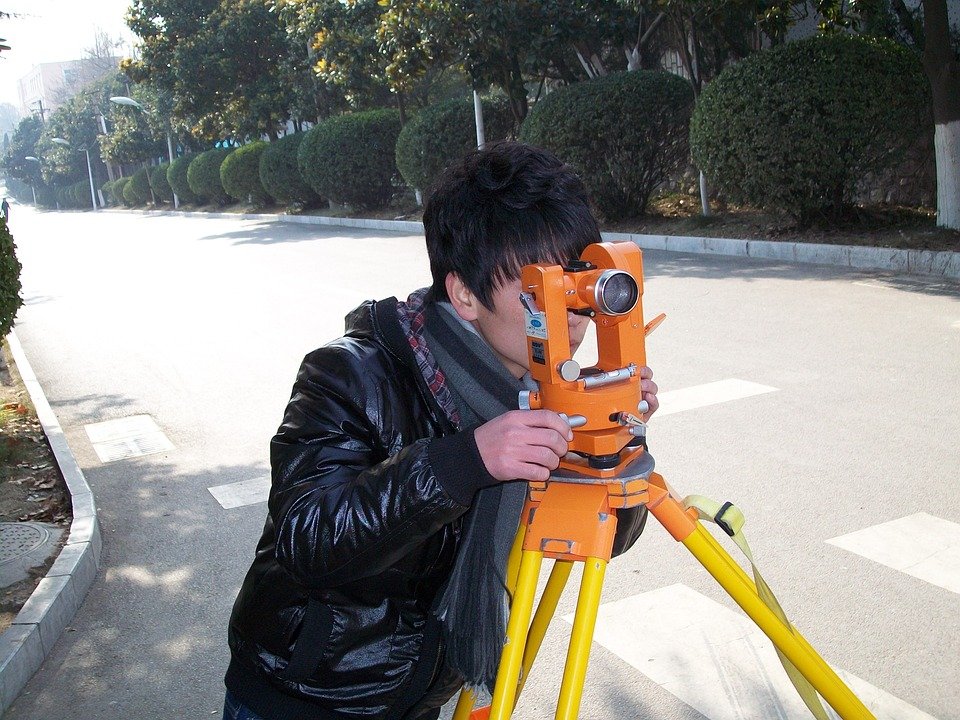[ad_1]
Strategies for Sustainable Land Development
Sustainable land development is an important component of creating and maintaining healthy, vibrant communities. Sustainable land development strategies help to ensure that land is used in an efficient and responsible manner, while also preserving the environment and natural resources. There are a variety of strategies that can be employed to create sustainable land development, from using green infrastructure to planning for future growth.
Green Infrastructure
Green infrastructure is an effective strategy for sustainable land development. Green infrastructure includes strategies such as green roofs, rain gardens, permeable pavements, and green walls. These strategies can help to reduce runoff and improve water quality, reduce energy consumption, and provide habitat for wildlife. Green infrastructure also provides aesthetic benefits such as improved visual appeal and air quality.
Planning for Future Growth
Planning for future growth is another key component of sustainable land development. In order to ensure that the land is used in an efficient and responsible manner, long-term plans should be developed to address potential future growth. These plans should consider factors such as population growth, economic development, and environmental protection.
Preserving Natural Resources
Preserving natural resources is an important part of sustainable land development. Natural resources such as water, soil, and air should be managed responsibly. This can be done through various strategies such as conserving water, restoring soil, and reducing air pollution. By preserving natural resources, communities can ensure that they are able to sustainably use the land for years to come.
Public Participation
Public participation is also an important component of sustainable land development. It is important that stakeholders, such as local residents, business owners, and community groups, are involved in the planning and development process. This helps to ensure that the land is used in a manner that reflects the values and needs of the community.
Conclusion
Sustainable land development is an important component of creating and maintaining healthy, vibrant communities. There are a variety of strategies that can be employed to create sustainable land development, from using green infrastructure to planning for future growth to preserving natural resources. Public participation is also an important part of sustainable land development. By employing these strategies, communities can ensure that their land is used in an efficient and responsible manner.
[ad_2]










